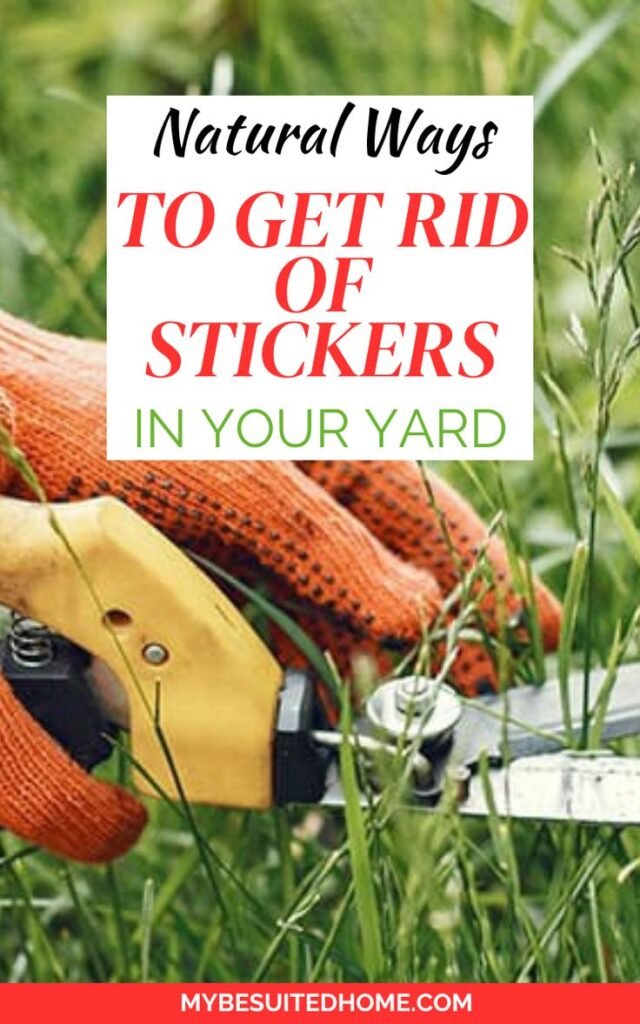
If you’ve ever stepped barefoot onto a sticker burr, you know the pain all too well. These pesky little weeds, also known as grass burrs or sandburs, are the kind of yard guests no one wants. They not only stick to shoes, socks, and pet fur, but they also make it almost impossible to enjoy your lawn. The good news? You don’t have to resort to chemicals to get rid of them. I’ve rounded up 15 natural ways to remove stickers from your yard and keep them from coming back.
1. Mow Low and Regularly
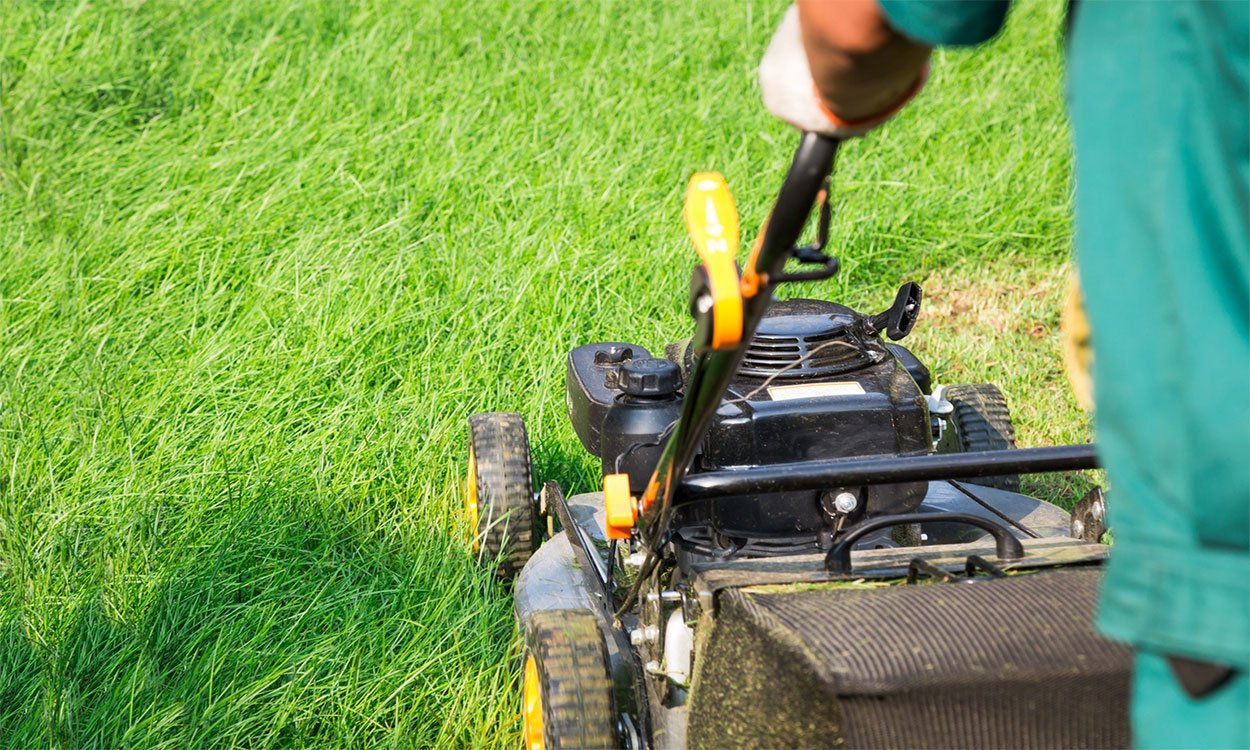
Keeping your grass mowed low is one of the simplest and most effective ways to stop sticker weeds in their tracks. These plants spread through seeds, and when you let them grow too tall, they have the chance to produce those prickly burrs. I make sure to mow my lawn once a week during the growing season to keep everything neat and prevent seed heads from forming.
It’s important not to scalp the lawn, though. Keep your mower blade at the recommended height for your grass type. This keeps the grass healthy while discouraging weed growth. When the lawn is strong and thick, there’s less room for the stickers to take hold.
Also, always bag your clippings if you’re mowing over an area with stickers. That way, you don’t end up spreading the seeds to new parts of your yard.
2. Hand Pulling
Sometimes the old-fashioned way is the best. Hand pulling works wonders, especially if the sticker weeds are just starting to pop up. I like to tackle them right after a rain or after watering the yard—the soil is soft and the roots come out easier.
You’ll want to wear gloves to avoid getting pricked. Grab the weed close to the base and pull slowly to get the entire root. Toss the pulled weeds into a trash bag and seal it up tight. Never compost them—those seeds can survive and come back to haunt you.
If the infestation is small, this method is super satisfying. It might take a little time and patience, but there’s something kind of therapeutic about it. Plus, it’s a great way to spend a quiet morning outdoors.
3. Use a Weed Torch

For the stubborn ones that seem to pop up no matter what, I break out the weed torch. It sounds intense, but it’s actually a controlled and safe way to get rid of sticker plants without chemicals. The heat from the flame destroys the plant cells and even kills some of the seeds.
You just wave the flame over the weed—you don’t even need to burn it completely. A quick pass is enough to damage it beyond recovery. I use this method cautiously, especially during dry weather, and I always keep a hose nearby just in case.
It’s best to torch when the weeds are young and haven’t had a chance to spread. And be sure to follow all local fire safety regulations. A little caution goes a long way with this method.
4. Apply Boiling Water
Boiling water is one of my favorite low-effort ways to kill weeds in tough-to-reach spots. Just bring a kettle to a rolling boil, then carefully pour the hot water directly onto the sticker plant. It scalds the plant down to the root, and you’ll often see it wilt within a day.
I use this method in places like sidewalk cracks, along fences, or where there’s no grass I want to preserve. Be careful not to splash it onto nearby healthy plants, as it will kill those too.
This method is especially helpful for isolated sticker patches. It’s free, simple, and pretty effective—plus it feels kind of satisfying watching the weeds shrivel up!
5. Vinegar Spray
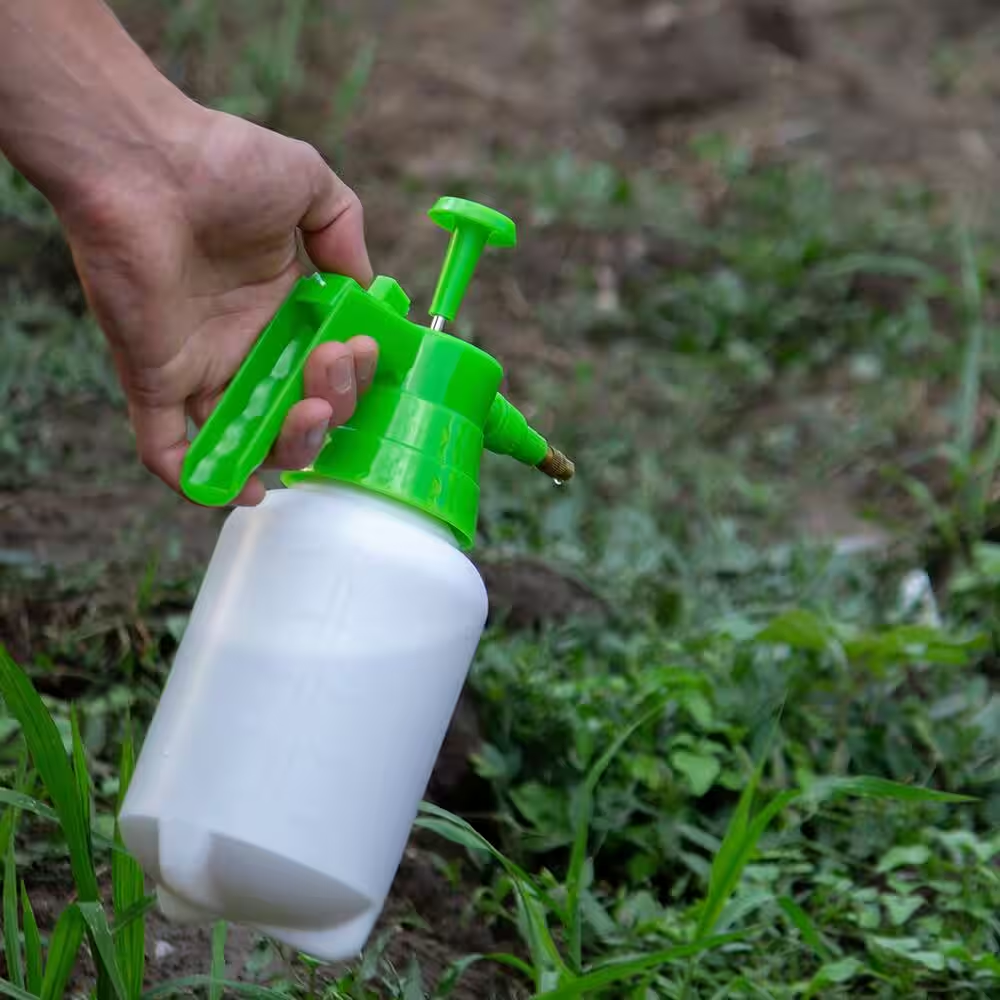
Vinegar is a great natural herbicide, especially when used on a sunny day. I mix white vinegar with a bit of dish soap (which helps it stick to the plant) and spray it directly onto the sticker weeds. You can buy stronger horticultural vinegar for tougher jobs, but household vinegar works fine on young weeds.
After a good spray, the leaves start to dry up in a day or two. I try to avoid spraying on windy days to keep it from drifting onto plants I want to keep. And since vinegar can change soil pH, I use this method sparingly.
It works best when the weeds are small and haven’t developed their deep root systems. If you catch them early enough, you can stop them before they go to seed.
6. Mulching
Mulch does more than just make your garden look tidy—it also blocks sunlight and prevents weed seeds from germinating. I use mulch around trees, flower beds, and any spot where grass doesn’t grow well. It helps keep the soil moist and cool, which your other plants will love.
For sticker prevention, a thick layer of mulch (about 2-3 inches) works best. Wood chips, straw, or bark mulch all work great. Just be sure to refresh it each season to maintain good coverage.
It’s amazing how well this passive method works. Once you lay it down, you can just sit back and let it do the work. And you’ll enjoy fewer weeds in general, not just the prickly kind.
7. Corn Gluten Meal
Corn gluten meal is a natural byproduct of corn processing, and it acts as a pre-emergent herbicide. It stops seeds from sprouting, which means it’s great for preventing new sticker plants from growing. I usually apply it early in the spring, before the weeds have a chance to germinate.
It also adds a bit of nitrogen to the soil, giving your grass a nice green boost. But timing is key—if the stickers have already sprouted, it won’t help much. Use it as part of your long-term strategy to reduce sticker infestations year after year.
Just remember not to seed your lawn at the same time, since it prevents all seeds from sprouting. I learned that one the hard way!
8. Reseed Bare Patches
Bare patches are like welcome signs for weeds. That’s why I always reseed any spot that looks thin or patchy. A thick, healthy lawn is your best defense against stickers.
I usually rake the area lightly, scatter a good quality grass seed, and water it daily until it establishes. Fall or early spring are the best times to reseed, depending on your grass type. Adding a bit of compost or topsoil helps the new seed take root.
Over time, these newly filled-in areas crowd out weeds and help create a lush carpet of grass. And the fewer bare spots you have, the fewer stickers you’ll see popping up.
9. Aerate Your Lawn
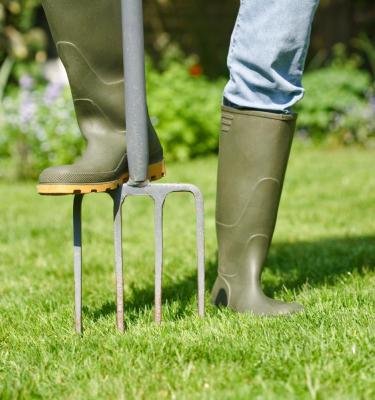
Compacted soil makes it harder for grass to grow, but sticker weeds seem to thrive in it. That’s why I aerate my lawn once a year. It loosens the soil, allows water and nutrients to reach the roots, and creates better growing conditions for grass.
You can rent an aerator or use a manual one if you’ve got a small yard. I like to do this in early spring or fall when the weather is mild and the lawn is actively growing. After aerating, I usually follow up with compost or seed to take advantage of the loosened soil.
Healthier soil equals healthier grass, and that means less room for weeds to grow. It’s one of those behind-the-scenes methods that really pays off.
10. Spread Organic Compost
Compost improves soil health and supports a thriving lawn, which naturally helps fend off weeds. I spread a thin layer of compost over my yard each spring. It feeds the soil, encourages beneficial organisms, and helps build a stronger root system for the grass.
Sticker weeds don’t like healthy, well-fed lawns. They prefer stressed, compacted, and nutrient-poor areas. So every time I enrich my lawn with compost, I’m giving my grass a leg up.
I like to make my own compost, but you can buy it too. Just make sure it’s fully broken down and free of weed seeds. Your yard (and the planet) will thank you.
11. Use a Natural Ground Cover
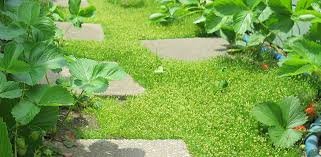
Sometimes, grass just isn’t the answer. If you have trouble spots where stickers keep returning, try planting a dense ground cover like clover or creeping thyme. These plants grow low and thick, leaving no room for weeds to sneak in.
I replaced a small patch of my front yard with clover, and it’s been a game changer. It stays green, requires less water, and keeps the weeds at bay. Plus, it’s soft underfoot and bees love it.
Ground covers are especially great for areas with poor soil or partial shade. Once they take root, you’ll spend less time weeding and more time enjoying your yard.
12. Burn Sticker Seeds with the Sun (Solarization)
Solarization sounds fancy, but it’s really simple. I just cover a section of my yard with clear plastic sheeting during the hottest months. The sun heats up the soil underneath, baking the weed seeds and killing pests.
This method is perfect for areas that are heavily infested. I leave the plastic down for about 4 to 6 weeks during summer. When I pull it up, the soil is clean and ready for new grass or ground cover.
It does take patience, but it’s an all-natural way to hit the reset button on your yard. And it’s oddly satisfying knowing the sun did all the hard work.
13. Pull with a Sticker Rake

A sticker rake is one of those tools I didn’t know I needed until I had it. It’s specially designed to pull up sticker burrs and their seeds from the surface of your yard. I use it after mowing or when there’s morning dew to help the burrs cling to the rake.
It’s a great way to sweep up stickers without spreading them further. I rake in one direction to gather them into piles, then scoop them into a trash bag for disposal.
This is especially handy in late summer when the stickers start to dry and fall off. It’s quick, effective, and way better than picking them up one by one.
14. Natural Salt Application (Spot Treat Only!)
Salt can kill weeds by dehydrating them, but it’s not something to use all over the yard. I use salt very sparingly, only on stubborn patches where nothing else seems to work. A little sprinkle directly on the weed, followed by a mist of water, does the trick.
Be very careful with this method—too much salt can ruin your soil for years. I avoid using it anywhere near plants I care about or where I want grass to grow in the future.
Think of it as a last resort for cracks in the driveway or that one annoying weed by the fence post. Effective, yes. But definitely not for widespread use.
15. Encourage Natural Lawn Predators
Here’s a fun one: let nature help you. Chickens, ducks, and guinea fowl all love to eat weed seeds, including those pesky stickers. If you live in an area where you can keep backyard birds, they might be your secret weapon.
They scratch, peck, and naturally till the soil while hunting for seeds. Plus, they give you fresh eggs and plenty of personality in the yard. Just be prepared for a bit of a learning curve when it comes to caring for them.
It won’t solve your sticker problem overnight, but it adds another layer of long-term control. And it’s pretty entertaining to watch!
Maintenance Tips to Prevent Stickers From Coming Back
Once you’ve got your yard sticker-free, keep it that way with a little regular maintenance. Mow consistently, water properly, and keep your grass thick and lush. Reseed thin spots and address any compacted soil early.
Stay on the lookout in spring and early summer—that’s when stickers like to sneak in. The earlier you catch them, the easier they are to control.
A healthy, cared-for lawn is the best defense against future infestations. Trust me, a little prevention goes a long way.
Final Thoughts
You don’t need harsh chemicals to win the battle against stickers. With a bit of effort and some natural strategies, your yard can become a barefoot-friendly paradise again. Try out a few of these methods and see what works best for your space.
Got your own natural weed-busting tip? I’d love to hear it!

